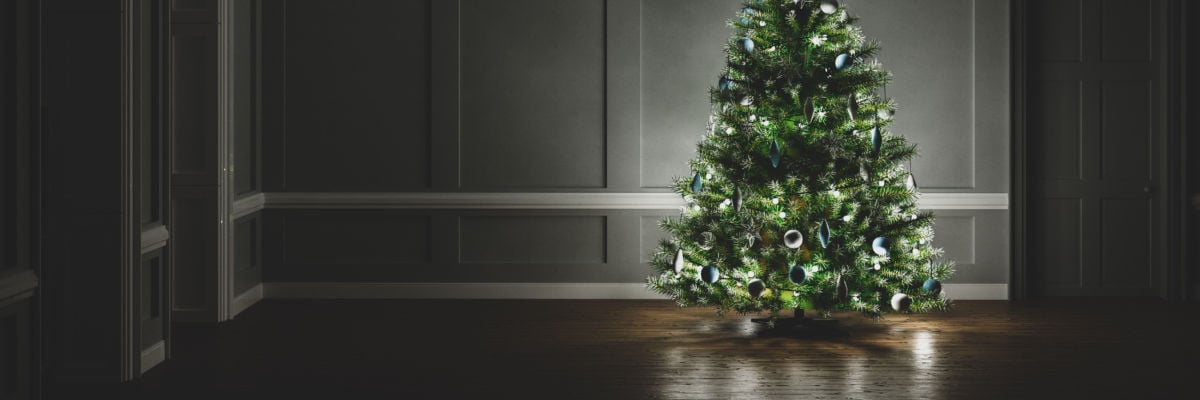
New Year’s Day promises two certainties: college football bowl games and Christmas trees on the curb. To Catholics, of course, January 1 is the Solemnity of Mary, Mother of God. It’s a Holy Day of Obligation, and the final day of the Octave of Christmas.
The Church, however, is so generous with joy. She does not end our celebration of the Incarnation with the conclusion of the Octave of Christmas. She extends it to Epiphany. Twelfth Night, as our English brethren call it, is an event Catholics in America should celebrate with more enthusiasm (think: roaring bonfires, grilled meat, lots of singing, red wine, brown ale) and might very well do if it were observed here on the liturgical calendar on January 6, as it is in England, Australia, and Canada, to say nothing of Vatican City.
But the celebrating doesn’t stop there! After Epiphany, the revelry continues until the Baptism of the Lord, the first Sunday after January 6 (usually). And if you want to be really traditional, you can celebrate what the faithful called “Christmastide” before the liturgical reforms that followed the Second Vatican Council. In the old rite, Christmastide lasted for forty days to correspond with the forty days of Lent, and the forty days from Easter to Ascension Thursday.
A forty-day party? Gloria in Excelsis! (And people say Trad Cats are a dour bunch.)
Christmastide ends on February 2, the Purification of the Blessed Virgin Mary, also called Candlemas Day. On this day, the faithful take candles that they will use throughout the year in their homes to Mass to have them blessed.
Here is how the brilliant Benedictine abbot Dom Prosper Guéranger helps us understand the totality of the mystery of Christmastide:
We apply the name of Christmas to the forty days, which begin with the Nativity of Our Lord, December 25, and end with the Purification of the Blessed Virgin Mary, February 2. It is a period, which forms a distinct portion of the Liturgical Year, as distinct, by its own special spirit, from every other, as are Advent, Lent, Easter or Pentecost. One same mystery is celebrated and kept in view the whole forty days. Neither the feasts of the saints, which so abound during this season; nor the time of Septuagesima, with its mournful purple, which often begins before Christmastide is over, seem able to distract our Holy Mother the Church from the immense joy with which she received the glad tidings from the angels (Luke 2:10) on that glorious night for which the world had been longing for 4,000 years. The custom of celebrating the solemnity of our savior’s nativity by a feast of forty days’ duration is founded on the holy gospel itself; for it tells us that the Blessed Virgin Mary, after spending forty days in the contemplation of the divine fruit of her glorious maternity, went to the Temple, there to fulfill, in most perfect humility, the ceremonies which the law demanded of the daughters of Israel when they became mothers. The feast of Mary’s purification is, therefore, part of that of Jesus’ birth; and the custom of keeping this holy and glorious period of forty days as one continued festival has every appearance of being a very ancient one, at least in the Roman Church.
The feast in the new rite is called the Presentation of the Lord—same joyful event, different emphasis—but if you really want to be a “sign of contradiction” (get it?), do as they did in ages past! Keep your tree and your decorations up until Candlemas!



